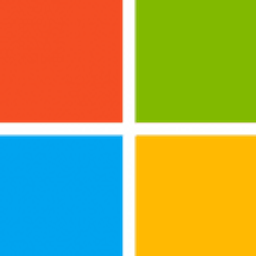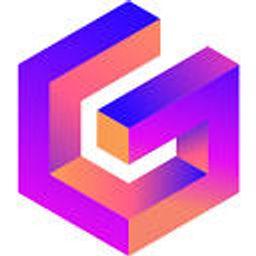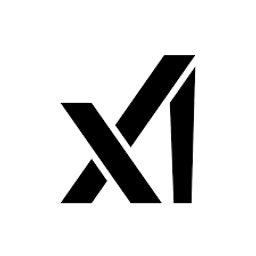
Run:ai
Overview
Run:ai is a specialized platform designed to help organizations manage and optimize their shared compute infrastructure, particularly GPUs, for AI and deep learning workloads. It provides a layer of abstraction over complex hardware setups, allowing researchers and data scientists to access computational resources dynamically and efficiently without needing deep infrastructure expertise.
The platform's core strength lies in its ability to virtualize and pool GPU resources, enabling features like fractional GPU allocation, dynamic job scheduling, and prioritization. This significantly improves resource utilization compared to traditional methods where GPUs might be underutilized or dedicated to single users/tasks. By automating resource management and providing visibility into usage, Run:ai helps organizations scale their AI initiatives, reduce infrastructure costs, and accelerate the time it takes to train and deploy models.
Key Features
- GPU Virtualization & Pooling: Abstract and pool GPU resources for dynamic sharing.
- Fractional GPU Allocation: Assign portions of GPUs to multiple users or jobs simultaneously.
- Dynamic Workload Orchestration: Automatically schedule and manage diverse AI tasks (training, inference, etc.).
- Fairness & Prioritization: Implement policies to ensure fair access and prioritize critical workloads.
- Visibility & Reporting: Gain insights into resource utilization, project consumption, and job status.
- Kubernetes Native: Built on Kubernetes for seamless integration into existing infrastructure.
- Multi-Cloud & On-Prem Support: Deploy and manage resources across various environments.
- Accelerated Experimentation: Simplify resource access to speed up research cycles.
Supported Platforms
- Web Browser
- API Access
- Kubernetes
Integrations
- Kubernetes
- AWS
- Azure
- GCP
- Major Deep Learning Frameworks (TensorFlow, PyTorch, etc.)
User Reviews
Pros
Excellent resource management for GPUs, easy for data scientists to use, good visibility into resource usage.
Cons
Initial setup complexity depending on existing infrastructure, documentation could be more detailed in some areas.
Pros
Great for optimizing GPU utilization, handles multiple users and projects efficiently, robust job scheduling.
Cons
Learning curve for administrators managing the platform, cost can be a factor for smaller organizations.
Get Involved
We value community participation and welcome your involvement with NextAIVault:












